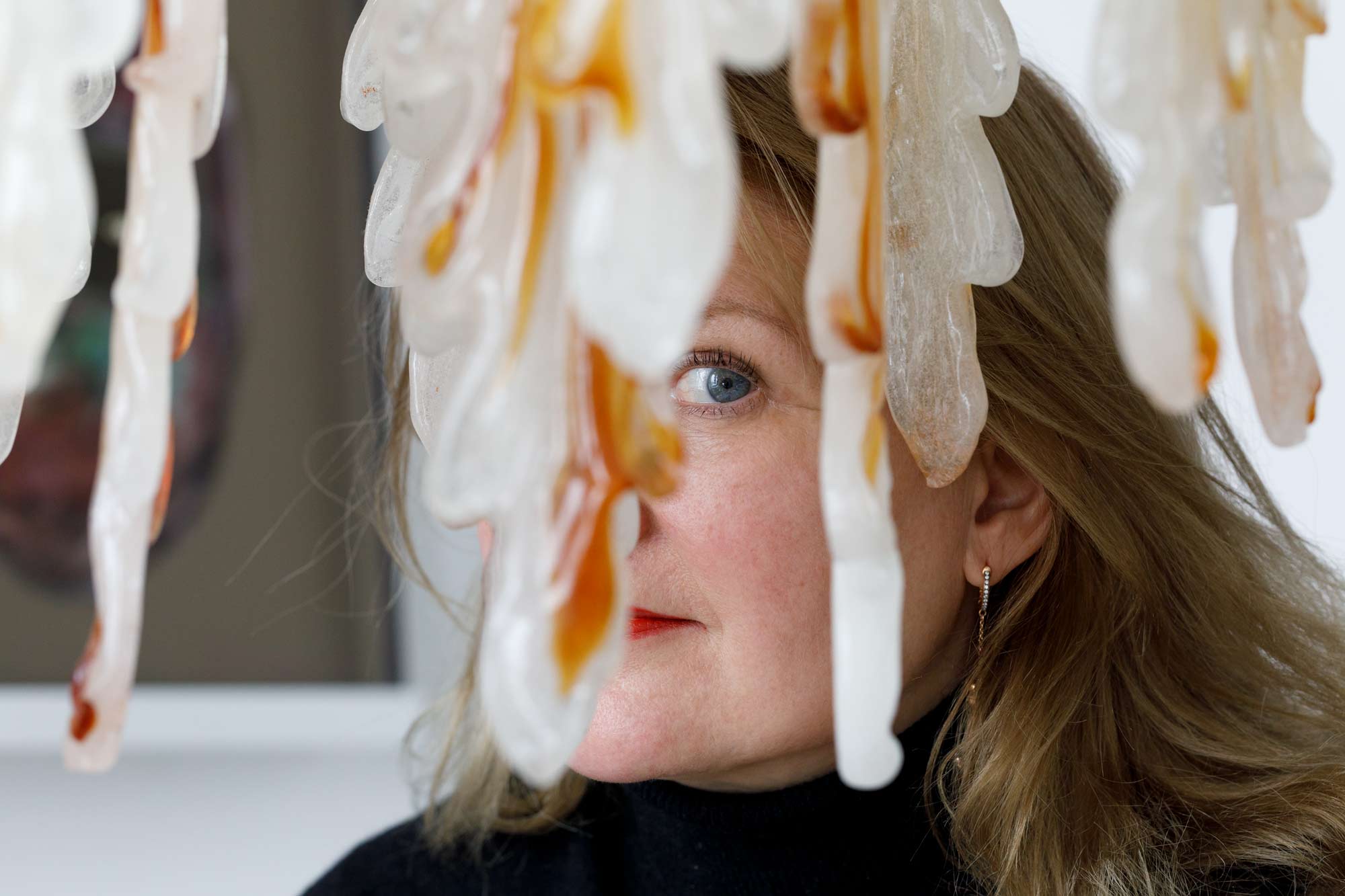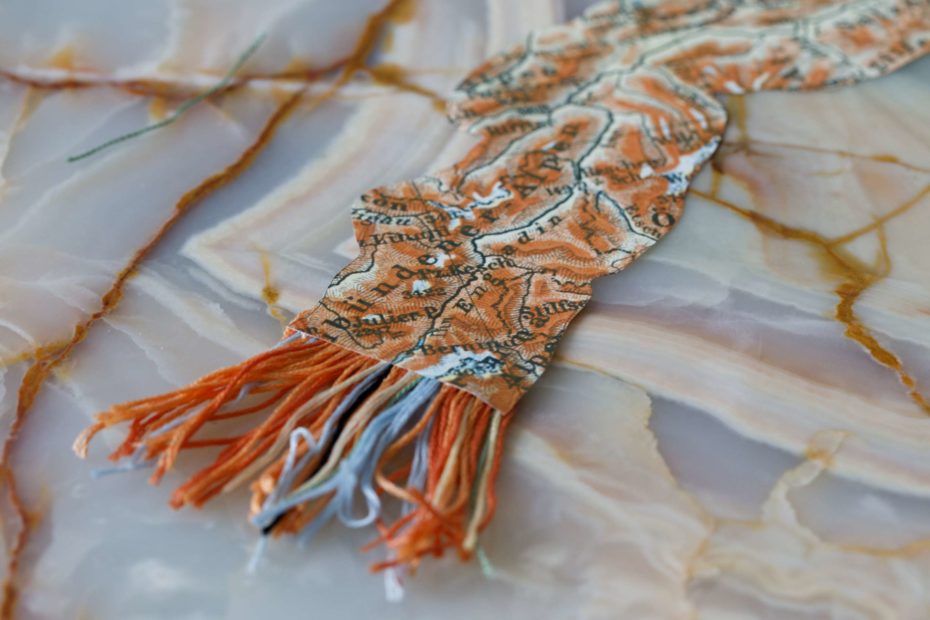„If the element of water wouldn’t exist, someone would have to invent it. The substance has such ideal qualities of both being solid and liquid. In the phase of liquidity, it can easily be permeated, almost without resistance.”
There is a strong relationship between the artist Nives Widauer and the element of water. Already as a child she was drawn strongly towards streams, rivers and lakes. At the age of thirteen, playing at the river Doubs, she even made the strong experience of drowning – her rescue was a close shave. Since then she has been deeply aware of the powerful dynamics of water and its current hidden below a peaceful surface.

During her travels and residencies all over the world her interest in the element intensified. She observed the connecting qualities of rivers, both as natural habitat and as a vessel of communication between cultural areas located at the same river. The transformation of the river’s appearance on its course between the source and the mouth is another fascinating feature she experienced, like meeting a person with many faces. Some rivers had an especially strong impact on her, for example the river Kamo in Kyoto, Japan, the river Tiber in Italy, or the Rhine, the river of her original hometown Basel in Switzerland.
For the SHARING WATER project Nives Widauer has created a new work, designing carpets in the shape of the course of selected European rivers. The individual twists and bends of each course define the outlines of the carpet as a long, meandering webbing. The model of these “Flussläufer”* are the rivers’ silhouettes cut out of old atlases. The title “Flussläufer”, by the way, is a pun merging the German expressions “Flusslauf” (i.e. course of a river) and “Läufer” (i.e. a specially long, rectangular carpet). The series is an assortment of miniature samples by now, but selected “Flussläufer” can also be implemented as large, woven carpets.

The beauty of the meandering, evolving movement of the rivers is inspiring – however – and this is a more controversial context of Widauer’s work – almost no European river still follows its own flow and authentic course. Only 14% of all rivers in Western Europe and the US count as natural rivers – waterbodies left to flow basically without hindrance, disruption, regulation or straightening interventions.
Central Europe is the region with the most fragmented rivers by barriers worldwide. As an example – the Swiss river Inn in Engadina, which rises at the Pass Lunghin, is one of the most fragmented Alpine rivers and the actual endeavor to renaturate it affords a huge amount of funds and focus of the communities involved.
Image below: renaturation of the river Inn at Bever, summer 2020.

